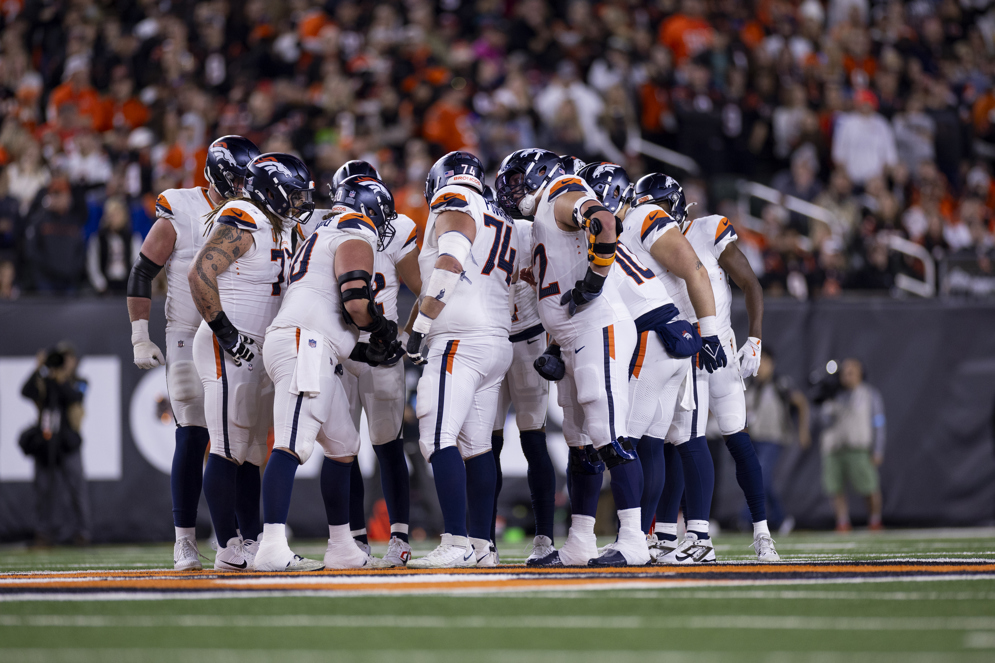NFL games are competitive and unpredictable. During the 2024 season, approximately 70% of all games were within one score (eight points) in the fourth quarter. Inevitably, with so many games so close, some will end with a tie score at the end of regulation.
As with many NFL rules, the rules governing overtime have evolved over time.

(AP/Rusty Jones)
The league installed a modified sudden-death overtime system to help determine a winner in a tie game for the 2010 postseason. Two seasons later, the league expanded those rules to cover all NFL games. The current rules give both teams the opportunity to possess the ball at least once in overtime.
In 2017, NFL clubs approved shortening overtime in the regular season to 10 minutes from 15. The rule change was aimed at improving player safety.
In 2022, NFL clubs approved a rule that allows both teams to possess the ball in overtime in the postseason.
In 2025, NFL clubs approved a rule that aligns the postseason and regular season overtime rules by granting both teams an opportunity to possess the ball even if the first team scores a touchdown, subject to a 10-minute overtime period in the regular season. The first possession can end with a winner if the defense has a pick-6 or makes a tackle in the end zone for a safety, which would still technically be the first possession.
OVERTIME RULES FOR NFL REGULAR SEASON
- At the end of regulation, the referee will toss a coin to determine which team will possess the ball first in overtime. The visiting team captain will call the toss.
- No more than one 10-minute period will follow a three-minute intermission. Each team must have the opportunity to possess the ball. The exception: if the team kicking off to start the overtime period scores a safety on the receiving team’s initial possession, in which case the team that kicked off is the winner.
- After each team has had an opportunity to possess the ball, if one team has more points than its opponent, it is the winner (subject to the General Rules Applicable to Overtime). If the team that possesses the ball first does not score on its initial possession, or if the score is tied after each team has had its opportunity to possess the ball, the team that scores next, by any method, is the winner.
- Each team gets two timeouts.
- If the score is still tied at the end of the overtime period, the result of the game will be recorded as a tie.
- There are no instant replay coach’s challenges; all reviews will be initiated by the replay official.

(AP/Gabriel Christus)
OVERTIME RULES FOR NFL POSTSEASON GAMES
Unlike regular season games, postseason games cannot end in a tie, so the overtime rules change slightly for the playoffs.
- If the score is still tied at the end of an overtime period — or if the second team’s initial possession has not ended — the teams will play another overtime period. Play will continue regardless of how many overtime periods are needed for a winner to be determined.
- There will be a two-minute intermission between each overtime period. There will not be a halftime intermission after the second period.
- The captain who lost the first overtime coin toss will either choose to possess the ball or select which goal his team will defend, unless the team that won the coin toss deferred that choice.
- Each team will have an opportunity to possess the ball in overtime.
- Each team gets three timeouts during a half.
- The same timing rules that apply at the end of the second and fourth regulation periods also apply at the end of a second or fourth overtime period.
- If there is still no winner at the end of a fourth overtime period, there will be another coin toss, and play will continue until a winner is declared.



